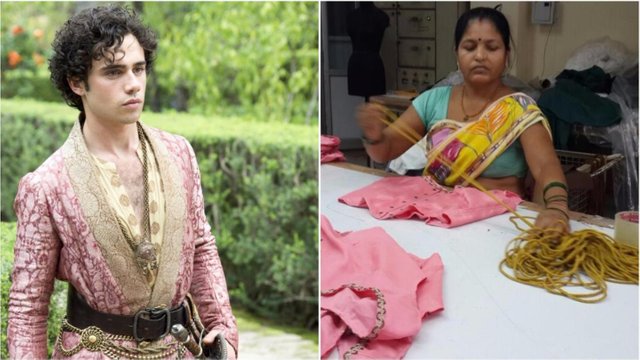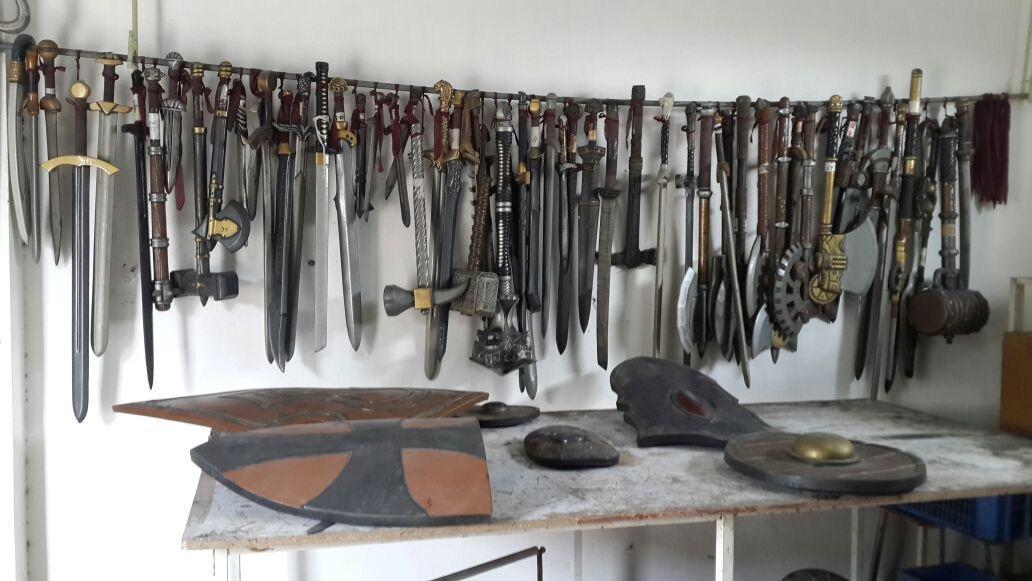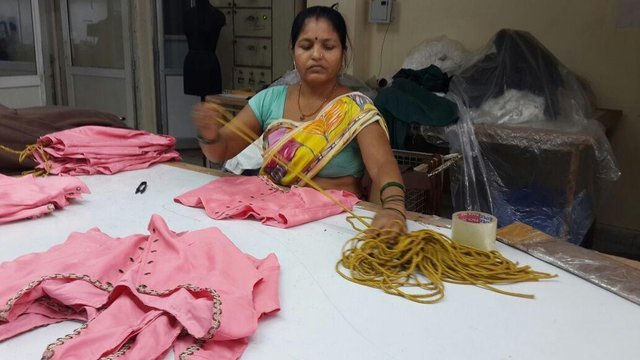The women who make the armor of the Game of Thrones

On a chic day, Jon Snow's heavy cloak and cloak reminds you how far Westeros is in the north towards India. The material he's made of is so thick that you can use it as a tent cloth. It's a dense, dense and heavy fabric of cotton. Ned Stark's costume, hanging next to Jon Snow on a hanger bar in a well-lit room with long leather coat, vest, woolen shirt and body shirt, also fits like a walnut in the wall with the summer of India. We are in a factory in Noida, an industrial city near Delhi, known for its cheap housing, slumber atmosphere and criminal gangs.

Windlass was founded in 1943 in Dehradun, a small town at the foot of the Himalayan mountains, by Ved Prakash Windlass, Goil's great-grandfather and family patriarch. He set up Windlass Steelcrafts to produce khukri (a kind of Nepalese machete) for the British Indian army during the Second World War. The company is now the largest producer of swords, shields, armor, knives and bayonets, supplying armies from several countries, as well as the film and television industry.
In 1996, the family set up a vintage costume business, acquiring two American companies, Atlanta Cutlery Corporation and Museum Replicas Ltd in Georgia. These two companies deal with contracts, while production is taking place in India. For Game of Thrones, Pradeep Windlass, in charge of the American business, visited the shooting platforms in Ireland, where he met with costume designer Michele Clapton and armor designer Augusto Grassi and closely examined the props and costumes in the series. Reproductions created at Noida must be as precise as possible, use the same materials and fabrics and have the same details.